Pumpkin seeds have gained popularity in recent years due to their rich nutritional content and versatility in various culinary applications. They can be a valuable addition to the pantry of bakers, adding a unique flavor and texture to a wide range of baked goods. However, before incorporating pumpkin seeds into your recipes, it is important to consider the purchase price and quality aspects to ensure you are making an informed decision. This article aims to provide a comprehensive summary of the purchasing process for baking pumpkin seeds, including price analysis and considerations, along with a photo showcasing the potential of these seeds in a bakery setting. Understanding Pumpkin Seeds: Before delving into the purchasing details, it is essential to understand what constitutes a good quality pumpkin seed. Pumpkin seeds, also known as pepitas, are the edible seeds of the pumpkin fruit. They come in various sizes, colors, and textures, depending on the pumpkin variety.

nut
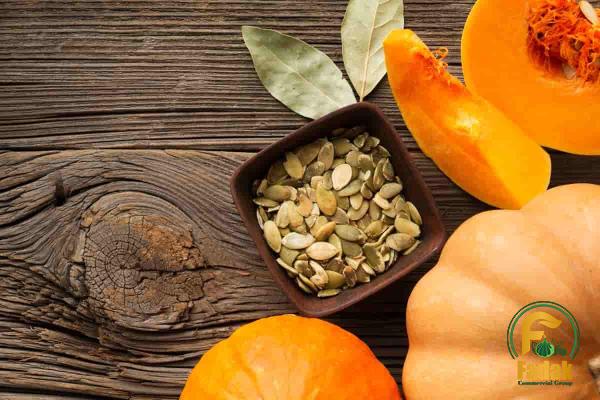 The most common types of pumpkin seeds for baking are the hulled green seeds, which are often sold in bulk or in pre-packaged containers. Price Analysis: The purchase price of pumpkin seeds can vary depending on several factors, including the quality, quantity, and the type of packaging. It is crucial for bakers to consider these aspects to balance quality and cost-effectiveness. 1. Quality: The quality of pumpkin seeds plays a significant role in their price range. Higher quality seeds tend to be more expensive due to factors such as: – Origin: Pumpkin seeds sourced from specific regions or countries known for their high-quality produce may command a higher price. – Organic: Organic pumpkin seeds are cultivated without the use of synthetic fertilizers or pesticides, making them a healthier option. However, their organic certification may increase their price. – Roasted vs. Raw: Pre-roasted pumpkin seeds are more expensive than raw seeds due to the added processing involved in the roasting process. The choice between roasted and raw seeds depends on the desired flavor profile and texture in the baked goods.
The most common types of pumpkin seeds for baking are the hulled green seeds, which are often sold in bulk or in pre-packaged containers. Price Analysis: The purchase price of pumpkin seeds can vary depending on several factors, including the quality, quantity, and the type of packaging. It is crucial for bakers to consider these aspects to balance quality and cost-effectiveness. 1. Quality: The quality of pumpkin seeds plays a significant role in their price range. Higher quality seeds tend to be more expensive due to factors such as: – Origin: Pumpkin seeds sourced from specific regions or countries known for their high-quality produce may command a higher price. – Organic: Organic pumpkin seeds are cultivated without the use of synthetic fertilizers or pesticides, making them a healthier option. However, their organic certification may increase their price. – Roasted vs. Raw: Pre-roasted pumpkin seeds are more expensive than raw seeds due to the added processing involved in the roasting process. The choice between roasted and raw seeds depends on the desired flavor profile and texture in the baked goods.
Specifications of nut
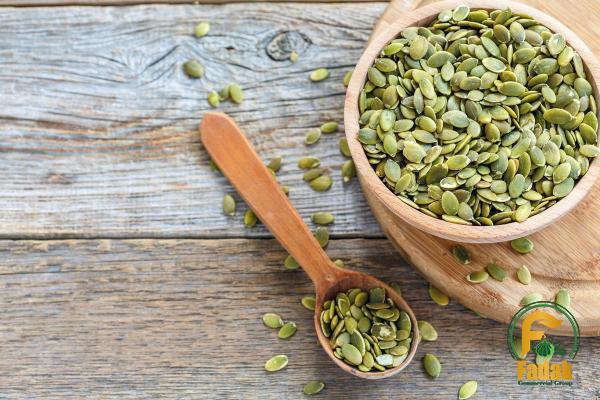 2. Quantity: The quantity of pumpkin seeds required by bakers may vary depending on the scale of their operations. It is important to consider the quantity needed and balance it with the pricing structure offered by suppliers. Buying in bulk can often lead to cost savings, but it is essential to assess the quantity needed to avoid excessive stock and potential spoilage. 3. Packaging: Pumpkin seeds are commonly available in various packaging options ranging from bulk containers to smaller, pre-packaged quantities. The packaging influences the overall pricing, with bulk purchases generally being more cost-effective. However, smaller pre-packaged quantities may provide convenience for smaller-scale bakeries or those operating on a tight budget. Considerations for Budgeting: When purchasing pumpkin seeds for baking, it is crucial to consider various factors to ensure optimal budgeting. Some key considerations include: 1. Supplier Comparison: To make an informed decision about purchasing pumpkin seeds, it is important to compare different suppliers and their offered prices. Look for reputable suppliers with a consistent track record of delivering high-quality products. It may also be worth considering local sources for pumpkin seeds, as they may offer more competitive pricing due to reduced transportation costs.
2. Quantity: The quantity of pumpkin seeds required by bakers may vary depending on the scale of their operations. It is important to consider the quantity needed and balance it with the pricing structure offered by suppliers. Buying in bulk can often lead to cost savings, but it is essential to assess the quantity needed to avoid excessive stock and potential spoilage. 3. Packaging: Pumpkin seeds are commonly available in various packaging options ranging from bulk containers to smaller, pre-packaged quantities. The packaging influences the overall pricing, with bulk purchases generally being more cost-effective. However, smaller pre-packaged quantities may provide convenience for smaller-scale bakeries or those operating on a tight budget. Considerations for Budgeting: When purchasing pumpkin seeds for baking, it is crucial to consider various factors to ensure optimal budgeting. Some key considerations include: 1. Supplier Comparison: To make an informed decision about purchasing pumpkin seeds, it is important to compare different suppliers and their offered prices. Look for reputable suppliers with a consistent track record of delivering high-quality products. It may also be worth considering local sources for pumpkin seeds, as they may offer more competitive pricing due to reduced transportation costs.
buy nut
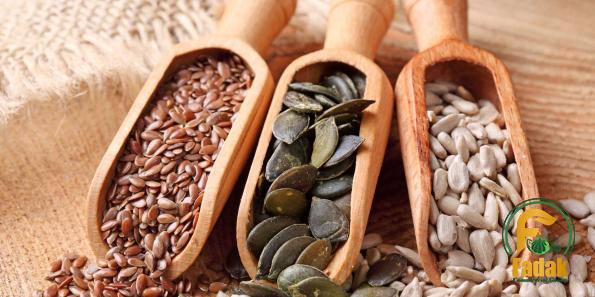 2. Seasonal Variations: Pumpkin seeds, like many other agricultural products, may have seasonal price fluctuations. Understanding these fluctuations can help bakeries schedule their purchases to ensure cost-effectiveness. For instance, buying pumpkin seeds during peak harvest seasons or when they are in abundant supply may result in lower prices compared to off-season periods. Photo Showcase: [Insert photo of beautifully baked pumpkin seeds incorporated into a bakery product, such as a pumpkin seed bread or muffins.] Conclusion: Purchasing pumpkin seeds for baking requires careful consideration of the purchase price, quality factors, and budgeting considerations. Bakers should take into account the quality of the seeds, including factors like origin, organic certification, and roasted versus raw options. Quantity and packaging choices should also be assessed to ensure cost-effectiveness. Comparison of suppliers and awareness of seasonal price fluctuations are valuable strategies for budgeting effectively. By being mindful of these factors, bakers can make informed decisions when purchasing pumpkin seeds and unlock their potential to enhance the flavor and texture of their bakery creations.
2. Seasonal Variations: Pumpkin seeds, like many other agricultural products, may have seasonal price fluctuations. Understanding these fluctuations can help bakeries schedule their purchases to ensure cost-effectiveness. For instance, buying pumpkin seeds during peak harvest seasons or when they are in abundant supply may result in lower prices compared to off-season periods. Photo Showcase: [Insert photo of beautifully baked pumpkin seeds incorporated into a bakery product, such as a pumpkin seed bread or muffins.] Conclusion: Purchasing pumpkin seeds for baking requires careful consideration of the purchase price, quality factors, and budgeting considerations. Bakers should take into account the quality of the seeds, including factors like origin, organic certification, and roasted versus raw options. Quantity and packaging choices should also be assessed to ensure cost-effectiveness. Comparison of suppliers and awareness of seasonal price fluctuations are valuable strategies for budgeting effectively. By being mindful of these factors, bakers can make informed decisions when purchasing pumpkin seeds and unlock their potential to enhance the flavor and texture of their bakery creations.
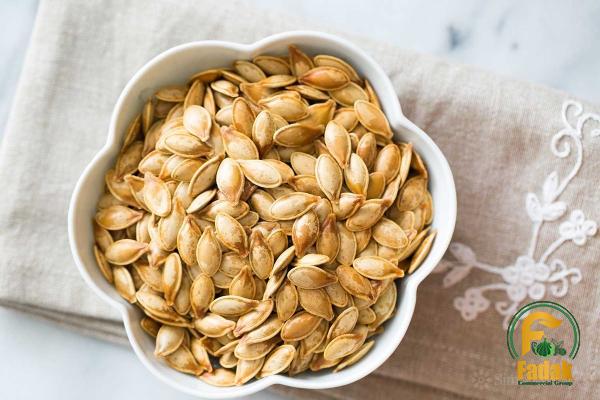
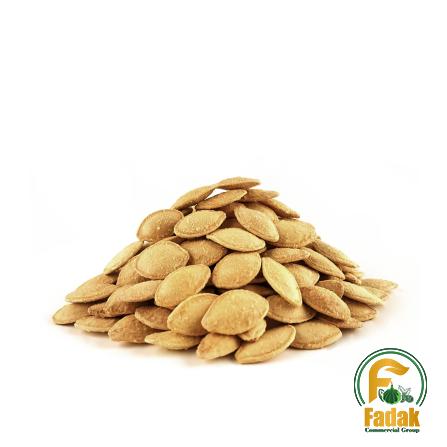

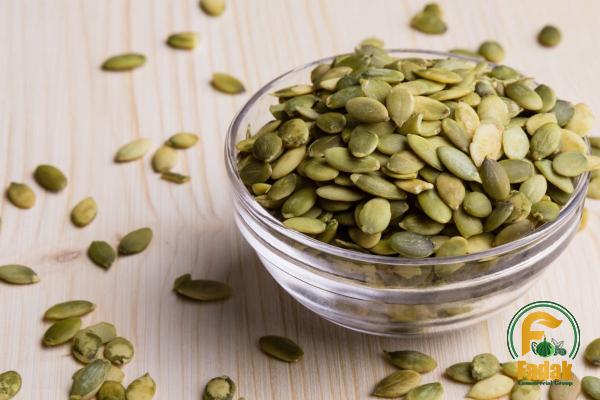
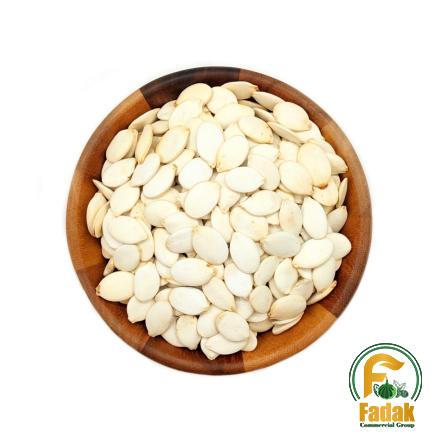
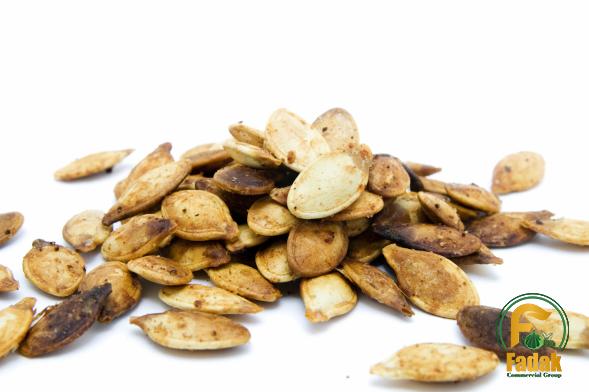
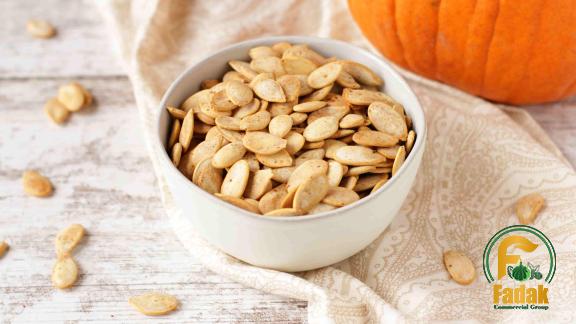
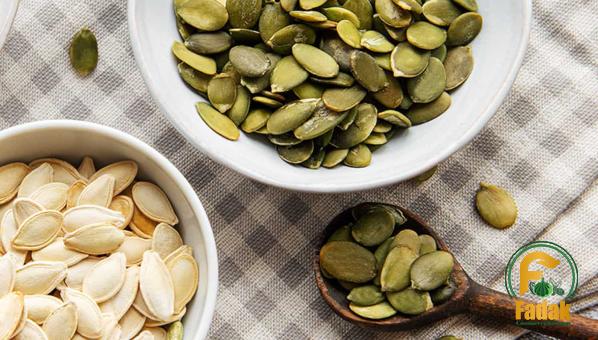

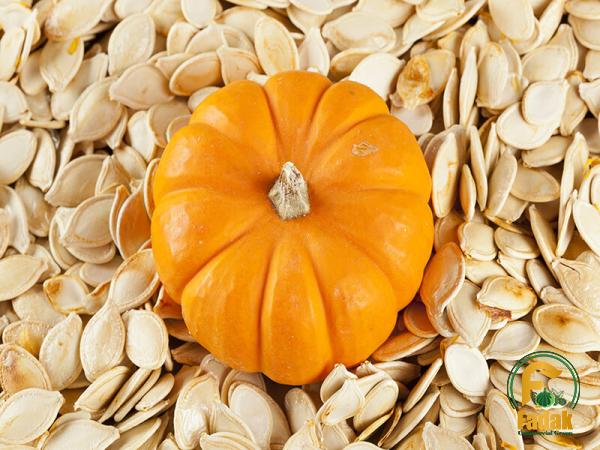
Your comment submitted.